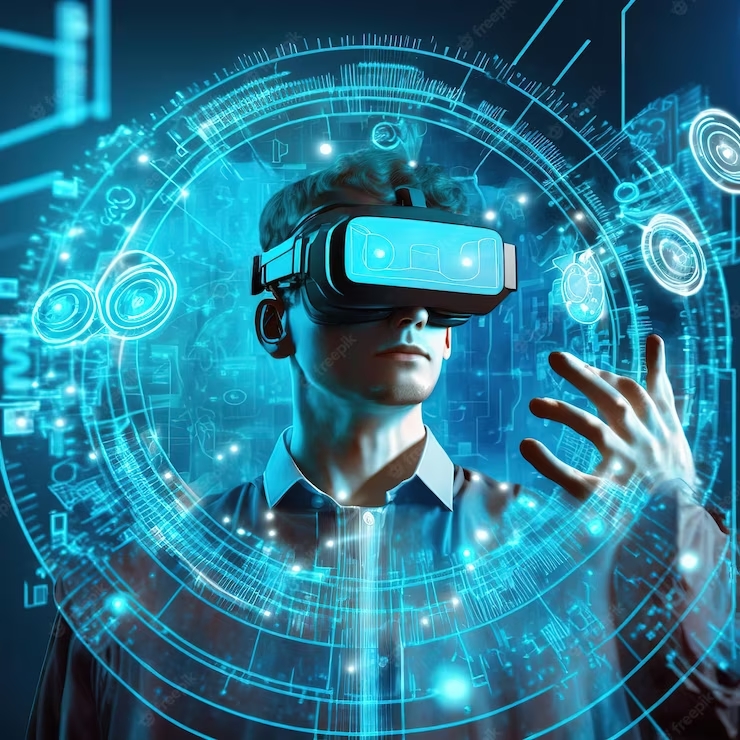Augmented Reality (AR) and Virtual Reality (VR) stand as two riveting technological marvels, each delivering immersive encounters while operating through distinct mechanisms. Augmented Reality introduces virtual components into the tangible world, seamlessly melding digital objects with reality through devices like smartphones. This amalgamation enriches real-world scenarios with information from the virtual sphere.
Conversely, Virtual Reality plunges users into entirely simulated digital domains, effectively disconnecting them from the physical realm. By donning a VR headset, individuals are transported into entirely novel digital dimensions, where activities such as gaming and viewing 360-degree videos unfold.
Augmented Reality is notably interactive, merging real-world and digital elements, a trait exploited in gaming and navigation apps. Conversely, VR orchestrates an all-encompassing digital retreat and finds purpose in realms like gaming, training, and entertainment.
The domains of AR and VR find themselves indispensable across various industries: education, healthcare, architecture, marketing, and beyond. While AR embellishes authentic encounters, VR delivers entrancing and immersive escapism into virtual landscapes. As these technologies continue their evolution, they stand poised to revolutionize learning, professional engagement, and leisure pursuits, unfurling a panorama of exhilarating possibilities for the time ahead.

